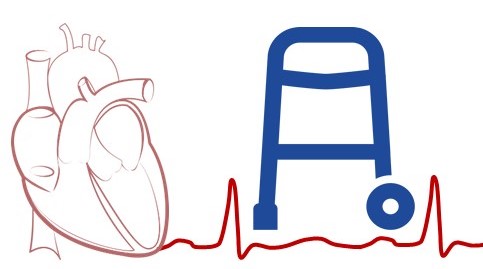Patients recovering from bone disruption due to trauma or surgery need to limit movement to minimize shear force, thereby protecting callus formation and osteogenesis. Patients often use their arms to assist with functional activities, but pushing is frequently limited to <10 lb (4.5 kg). With only verbal instructions, patients’ ability to accurately limit weight-bearing (WB) force is poor. A therapeutic intervention to improve patient adherence with upper extremity (UE) WB guidelines during functional mobility using an instrumented walker could be beneficial. Therefore, the purpose of this article is to describe a feedback training protocol to improve the ability to modulate weight-bearing force in older adults and then provide an overview of the efficacy of this protocol and subsequent development of a Clinical Force Measuring Walker. An instrumented walker was used to measure UE WB during functional mobility in older healthy subjects (n = 30) before, during, and after (immediately and 2 hours) a visual and auditory concurrent feedback training session. During feedback training, force was significantly reduced with all 3 sessions as compared to baseline. When using the front wheeled walker, UE WB force during the second and third feedback training trials went down compared to the first trial. During the third feedback training trial, force was greater than the two previous trials while transferring sit-to-stand and stand-to-sit. After completion of practice with feedback, UE WB force was significantly reduced and remained so 2 hours later. These findings suggest that feedback training is effective for helping patients to modulate UE WB. Use of an instrumented walker and feedback training would be beneficial in clinical practice, especially with older patients. A more intensive feedback training with additional trials and or simultaneous visual and auditory cues during whole-practice may be needed to get UE WB below a 10 lb threshold.

